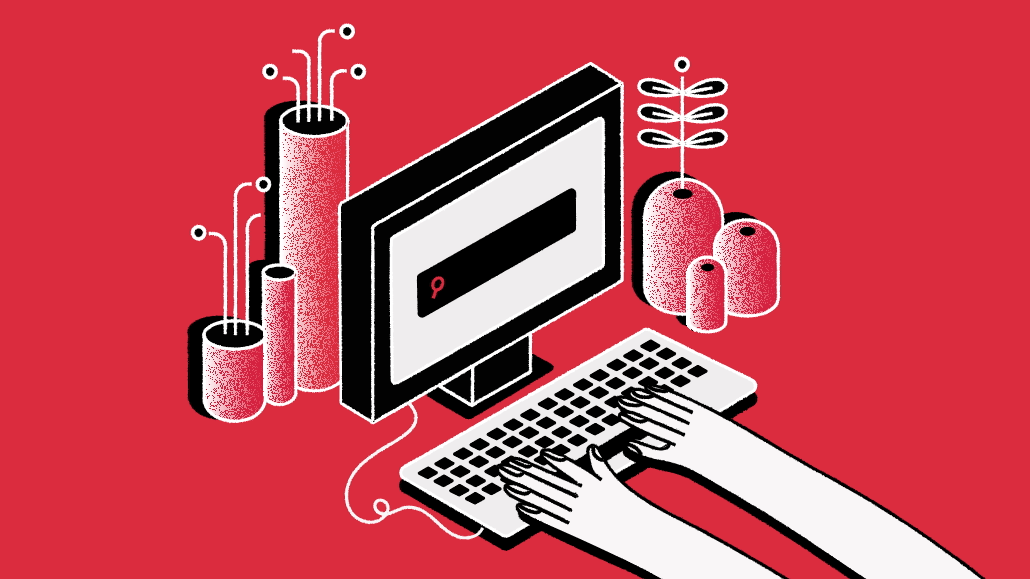The next browser wars are here — and AI wants the ad dollars too

AI platform wars are about to become the browser wars and advertising will be a key battleground.
Or at least it will be for two companies.
OpenAI and Perplexity, two of the biggest players in alternative AI, are making browsers central to their next act. It’s a natural, albeit seminal, move for both companies — one that will have major implications for how advertising is sold, served and measured in an AI-first internet.
But before the speculation takes off, here’s what’s real. First, Perplexity launched its browser, Comet, last week to subscribers of its $200 per month Max plan and a handful of investors. Then OpenAI’s own plan for a browser was revealed by Reuters.
“Owning the browser itself is one way of securing the place of your search product, and all the benefits that go with that (including to your ads business),” said Niamh Burns, senior research analyst at Enders Analysis. “And the data advantages are huge when you have that kind of access to a user’s journey.”
For AI platforms, building a browser isn’t just about controlling the user experience – it’s about opening the data exhaust. Every scroll, click and query in the browser becomes raw material for training their models. That behavioral feedback loop is what gives these platforms an edge in building more responsive, more personalized AI systems.
Add advertising to that structure and the flywheel only spins faster. The more the browser knows the more predictive the model becomes – and the more attractive the ad product looks to marketers searching for new alternatives to the status quo. In fact, some marketers, already frustrated by the leverage wielded by the most dominant ad platforms, seem more than ready to embrace alternatives — as long as they work.
To them, more platforms means more negotiating power. For AI companies, it’s a land grab — but also a clear path to profitability. Indeed, advertising remains one of the few high-margin, scalable business models that can sit natively atop an AI product.
“For these Gen AI businesses such as Perplexity and OpenAI, what they really need and what they’re really after, at least I believe, is the interaction of users with the content,” said János Moldvay, vp of measurement at Funnel. “Getting the bounce rates, how they scroll – all of that, which Google has a pretty huge and almost unfair advantage over.
Still, both companies appear unfazed by the size of the challenge. If anything, they seem to be leaning in. Perplexity has been quietly building out its own ad offering for months. OpenAI recently hired Fidji Simo – a former architect of Meta’s ads business and more recently Instacart CEO – to lead its applications group.
“Whether that’s training large language models (LLMs), anonymizing it, using it to develop synthetic data that can then better allow agencies and brands to target. There’s a lot of potential,” said Nicole Greene, vp, analyst, research and advisory at Gartner.
For better or worse, much of that potential hinges on a more fundamental shift: what happens when the internet starts to move from pages to answers? Its still too early to map the full fallout but the trend line is clear: an internet where the answer – not the source – becomes the primary unit of value. That erosion is already visible in Google’s AI Overviews where citations exist but frequently don’t command the click-through they once did. As more Gen AI-native browsers emerge, the effect will only deepen.
“It’s a fundamental shift in how users will interact with online content,” said Debra Aho Williamson, founder and chief analyst at Sonata Insights. “It doesn’t mean there will be no advertising. In my experience, a CEO doesn’t drop a major hint like that without having a different or better idea in mind.”
She’s referring to recent comments from Perplexity CEO Aravind Srinivas, who positioned the company’s browser as a vector for how the chat experience becomes the new gravitational center of the internet. As it expands to touch more digital experiences, the rest of the web, including advertising, will begin to conform to its shape.
Here’s how: let’s say someone wants to know what to do in London this weekend. In the past, a Google search would return a list of sites. The user would scroll through pages, open a few tabs and cobble together a plan. In the AI-powered version, the browser surfaces a curated answer – personalized, conversation and dynamic. Want more detail? Ask. Prefer alternatives? They appear.
It’s not just a new way to browse. It’s a fundamentally different way of decoding what’s worth seeing and who gets seen at all. And increasingly, more people are already doing it. Generative AI users are expected to reach 160 million in the U.S. by 2029, according to eMarketer. That’s more than half of all internet users and nearly half the U.S. population
But building a browser today looks very different than when Google launched Chrome in 2008. A thicket of regulation around data privacy and platform looms large.
Earlier this month, EU antitrust regulators were urged to investigate whether Google’s integration of generative AI into Chrome is doing irreparable harm to publishers. Next month, a U.S. federal judge could rule that Google must offer website owners and YouTube creators an “easily usable mechanism” to opt out of having their content used to train its AI products.
Whether moves like these will create meaningful guardrails around generative AI is still an open question. But what’s already clear is this: there are powerful forces in the industry that would prefer those guardrails remain theoretical; — or delayed long enough to be irrelevant.
This is the terrain OpenAI and Perplexity are entering – competitive, chaotic and already under scrutiny. But for now, the logic is clear: own the interface, control the signal and reshape the economics.
Responding to this article, Perplexity’s head of communications, Jesse Dwyer told Digiday: “If users lose this browser war, it will be from a familiar playbook – a monopolistic ‘everything company’ forcing their model on everyone. In this sense, OpenAI’s offering will not differ from Chrome’s.”
OpenAI did not respond to Digiday’s request for comment.
More in Marketing

Pandora is betting on AI agents to scale service and emotional selling during the peak holiday season
Pandora is using AI agents to scale customer service and replicate emotional in-store selling online, just as peak season puts pressure on margins and teams.

Rembrand’s CEO wants to grow virtual ad placements in streaming, and he’s looking elsewhere for models
Omar Tawakol wants to improve advertising within the streaming world, and is working with advertisers and publishers to improve that experience.

Marketers are keen to use generative AI in ad campaigns, but hidden costs lurk
Marketers across the industry want to use AI to cut down on time spent in creative production. It’s not so simple in practice.








